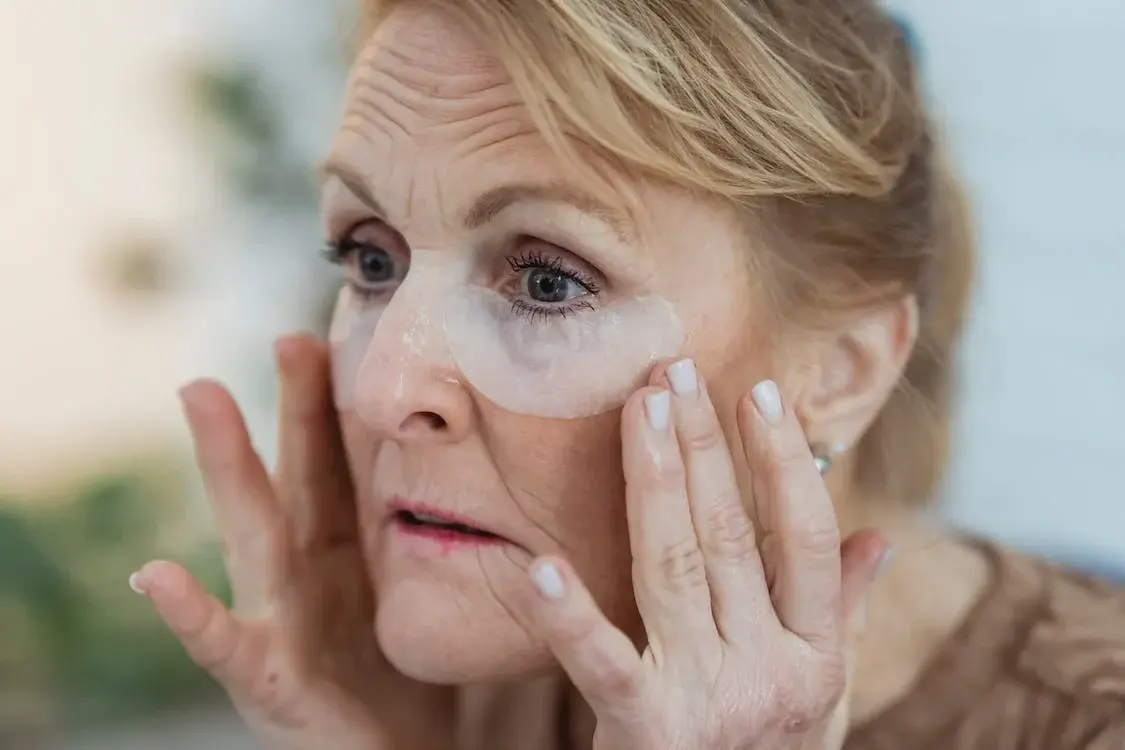Going back to basic biology, the body’s largest organ is the skin. It protects the body from exposure to germs and bacteria. Those could cause harm to internal organs. The skin is an amazing barrier against most irritants. However, like any organ, it is still susceptible to infection even without proper care.
While skin and soft tissue infections can affect anyone, certain individuals are at a higher risk. As we age, our skin becomes more vulnerable to infections. It is due to changes in immune function, circulation, hydration, and skin integrity. Older adults are especially susceptible to conditions like cellulitis and fungal infections.
The good news is that skin infections in the elderly can often be avoided through some simple preventive measures. This article will discuss the top 10 ways older adults can protect their skin health and avoid painful skin infections.
Reasons Why Older Adults Are at Greater Risk of Skin Infections
Skin infections can affect individuals differently, often without any amusement. They can also be challenging to detect, especially in the elderly population.
This highlights the importance of vigilant senior care, including monitoring skin changes and varied reactions, which can increase susceptibility compared to younger individuals.
Here are some of the common skin changes that seniors experience:
-
Rough, dry, or cracked skin
-
Transparent, thin skin
-
Secondary immunodeficiency due to drugs or co-morbid conditions.
-
Loose skin and skin folds
-
Benign growths
-
Malnourishment
-
Poor blood circulation
Dermatologic Problems as Common Skin Infections Among Older Adults
Older people are more prone to infections because they face different changes during growth. Here are some common skin infections that can affect them:
-
Methicillin-resistant Staphylococcus Aureus (MRSA)
It is a dangerous form of Staph bacteria infection. It has a resistance to certain antibiotics. This condition is capable of manifesting itself in any part of the body. What is worse is that it appears as a red, swollen, painful, warm, and pus-filled bump.
-
Fungal Infections
Fungal infections are commonly found on the feet and nails of older adults. Look for symptoms such as painful, green, yellow, and discolored skin.
-
Shingles (Herpes Zoster)
If the individual recovered from chickenpox during their youth, a different virus can reappear later. It is called the varicella-zoster virus, and it can cause shingles. It is a painful and itchy rash that appears as a single strip. It can appear on either the right or left side of the body.
-
Pressure Sores
These are commonly known as bed sores, decubitus ulcers, or pressure ulcers. It happens when a person stays in one position for too long. It can occur in older adults who are in wheelchairs and beds for long periods of time. They are normally found in bony areas of the body like the ankles, back, elbows, and heels.
-
Cellulitis
This infection can penetrate through all layers of the skin if not treated properly and immediately. It can appear anywhere but it is often found on the legs. The symptoms include red, swollen, warm, and tender skin.
-
Scabies
This skin infection is caused by the human itch mite. It is a microscopic mite that burrows under the upper layer of the skin. It causes intense itching and a pimple-like rash.
10 Ways to Prevent Skin Infections in Older Adults
-
Bathe Regularly
Daily cleansing helps wash away dirt, sweat, and other contaminants that can introduce bacteria. Consider mild cleansers and lukewarm water to prevent skin dryness. Seniors who bathe daily are 50% less likely to experience recurring skin infections.
-
Practice Good Hand Hygiene
Wash hands properly with soap and water for at least 20 seconds. Use alcohol-based sanitizer when soap/water is unavailable. Always wash your hands before dressing wounds. Handwashing can reduce transmission of skin pathogens by over 30%
-
Apply Moisturizer
Hydrating creams and lotions prevent cracking and flaking. Opt for fragrance-free products suited for sensitive skin. Focus on high-friction areas like heels, elbows, and knees. Regular moisturization reduces the risk of skin tears and infections by 40%.
-
Care For Skin Injuries Promptly
Clean out wounds immediately with antibiotic ointment. Cover with sterile gauze or bandage to prevent contamination. Watch for signs of infection, like redness/swelling. Prompt wound care reduces the risk of infection by up to 50%.
-
Wear Protective Clothing Outdoors
Cover up with lightweight, loose fabrics to avoid sun damage. Use wide-brimmed hats and UV-blocking sunglasses. Apply broad-spectrum SPF 30+ sunscreen to exposed skin. Sun exposure causes over 90% of skin aging and damage
-
Manage Foot Health Diligently
Inspect feet daily for cuts, blisters, calluses, or abnormalities. Use moisturizing creams to prevent cracking and inflammation. Visit a podiatrist regularly to treat foot issues promptly. Proper foot care can prevent up to 75% of skin infections.
-
Handle the skin gently.
Avoid harsh scrubbing, which can cause tears and irritation. Pat the skin dry after bathing instead of rubbing vigorously. Wear gloves for cleaning and gardening to protect your hands. Use electric razors instead of blades, as blades can cut the skin.
-
Avoid Known Skin Irritants
Reduce contact with products containing dyes, perfumes, or alcohol. Take oral antihistamines to control skin allergies, if necessary. Identify and evade specific triggers, like poison ivy. Nine out of ten cases of contact dermatitis are preventable.
-
Optimize Nutrition and Hydration
Drink at least 64 oz. of water daily to hydrate skin cells. Include antioxidant and vitamin-rich fruits/vegetables. Take supplements like Vitamin D, C, and zinc to support immunity. Good nutrition strengthens the skin’s protective barrier by 60%.
-
Get Annual Skin Checks
Self-examine skin monthly for any new or changing growths. See a dermatologist yearly for a full-body mole screening. Bring any skin concerns to the doctor’s attention promptly. Skin exams can prevent over 95% of serious skin cancers.
Conclusion
Implement these simple but vital skin infection prevention habits. They can help seniors safeguard their skin health for years to come. Be proactive with self-care, protect your skin from damage, and get checked out early by a doctor for the best aging outcomes.
Frequently Asked Questions
What are the warning signs of skin infections in the elderly?
Look for signs of skin infections such as painful redness, swelling, oozing, warmth, and tenderness. These symptoms may indicate the presence of a skin infection like cellulitis or shingles. Also watch for rashes, blisters, pus-filled bumps, or irritated patches which signify an infection is present.
How can elderly skin infections spread to others?
Seniors in nursing homes or hospitals are at high risk for contagious skin conditions. Common ones include scabies, MRSA, and ringworm. These can easily pass between patients via direct skin contact or shared items like towels, linens, and personal care products. Practicing good hygiene and proper wound care are vital.
What skincare products help fend off senior skin infections?
Opt for mild, fragrance-free cleansers with added ceramides or hyaluronic acid. They can hydrate skin without irritation. Moisturizing ointments containing zinc oxide or petroleum jelly also help protect vulnerable skin. It seals in moisture, forming a protective barrier









Hello!! My name is Annabella
I love to eat, travel, and eat some more! I am married to the man of my dreams and have a beautiful little girl whose smiles can brighten anyone’s day!